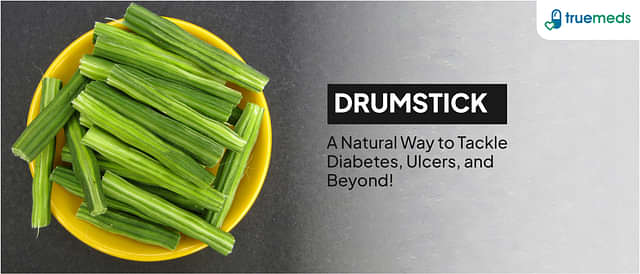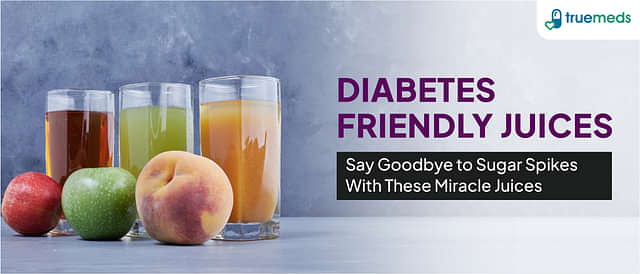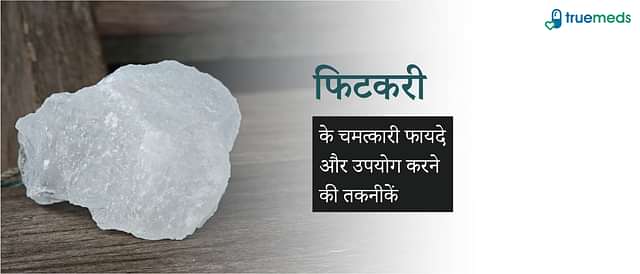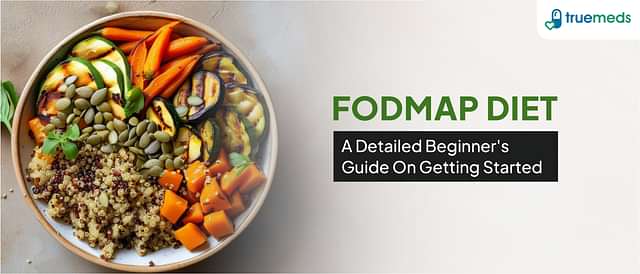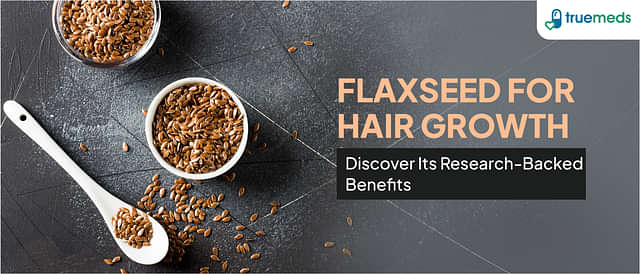Top 15 Calcium-Rich Foods for Good Health
Last updated on : 01 Oct, 2025
Read time : 11 min
Calcium is one of the most important minerals for the human body. It helps build and maintain strong bones and teeth, supports muscle movement, and allows nerves and the heart to function properly. Because the body cannot make calcium on its own, it must come from the food you eat.
If your diet lacks enough calcium, it may increase the risk of weak bones, fractures, or conditions such as osteoporosis over time. The good news is that calcium is widely available in many foods, both from dairy and plant-based sources. By including calcium-rich foods in your daily meals, you can meet your body’s needs and maintain better long-term health.
In this article, we’ll look at the top 15 calcium-rich foods you can add to your diet to keep your bones and overall health strong.
Calcium-Rich Foods You Should Add to Your Diet
A varied, balanced diet that includes multiple calcium-rich sources is the most effective way to maintain optimal calcium levels. These foods include:
- Dairy products like milk, yoghurt, and cheese
- Leafy green vegetables such as spinach and kale
- Seafood, including sardines and salmon (with bones)
- Calcium-fortified foods like orange juice and cereals
- Nuts and seeds, especially almonds and chia seeds
Let’s take a closer look at some of these foods that are high in calcium.
1. Seeds
Seeds are often overlooked as a source of calcium, but they can contribute significantly to your daily intake.
Sesame seeds, in particular, are an excellent choice, with just one tablespoon providing approximately 88 mg of calcium.
Other seeds, such as poppy seeds, sunflower seeds, and chia seeds, also contain notable amounts of this essential mineral.
You can easily incorporate these seeds into your diet by adding them to salads, using them as a topping for whole grain bread, or enjoying them in the form of tahini or hummus.
2. Cheese
Cheese is widely recognised as one of the richest dietary sources of calcium, with various types offering high amounts of this essential mineral.
- Parmesan cheese stands out as a particularly calcium-dense option, with just 30 g providing approximately 300 mg of calcium.
- Other cheeses, such as cheddar, mozzarella, feta, and ricotta, are also excellent sources, with ricotta offering an impressive 335 mg of calcium per 4-oz serving.
Cheese is a versatile ingredient that can be enjoyed in a wide range of dishes, from salads and pizzas to pasta and cheese platters, making it easy to incorporate into your daily meals and snacks.
3. Yoghurt
Yoghurt, especially plain, low-fat, and Greek varieties, is another fantastic source of calcium.
A 6-oz serving of plain, low-fat yoghurt contains around 310 mg of calcium, while Greek yoghurt provides about 200 mg per 6-oz serving.
Yoghurt is a versatile food that can be enjoyed in many ways, such as:
- As a standalone snack
- As a dessert, topped with fresh fruits
- Added to oatmeal or smoothies for a calcium boost
4. Sardines and Canned Salmon
When it comes to seafood, sardines and canned salmon are among the highest sources of calcium. Sardines, especially when canned with their soft, edible bones, provide an impressive 325 mg of calcium per 3-oz serving.
Canned salmon is also a significant source of calcium, offering around 180 mg per 3-oz serving. These fish can be easily incorporated into a variety of meals, such as:
- Salads
- Pasta dishes
- Enjoyed straight from the can as a quick and convenient snack
By adding sardines and canned salmon to your diet, you can not only increase your calcium intake but also benefit from their high-quality protein and omega-3 fatty acid content.
5. Beans and Lentils
Beans and lentils are excellent sources of calcium, especially for those following a plant-based diet. For instance, a single cup of cooked navy beans contains around 126 mg of calcium, which is approximately 13% of the recommended daily intake.
Other varieties, like winged and white beans, are also rich in this essential mineral. One cup of winged beans contains 244 mg of calcium. See nutrition facts. In addition to calcium, beans and lentils are packed with antioxidants, micronutrients, plant-based protein, and fibre, making them a nutritious addition to any meal.
6. Almonds
Almonds are a healthy snack that can contribute significantly to your daily calcium intake. A one-ounce serving (about 28 g) of almonds provides roughly 74 mg of calcium, which is around 7% of the recommended daily value. See nutritional details. These nuts are also rich in monounsaturated fatty acids, dietary fibre, and antioxidants, making them a nutritious choice for overall health. Including almonds in your diet can help you meet your calcium needs, particularly if you are lactose intolerant or prefer plant-based options.
7. Whey Protein
Whey protein is a good source of calcium, especially for individuals who regularly consume protein supplements. A typical serving (28 g) of whey protein powder contains approximately 95 mg of calcium, which is about 9% of the recommended daily intake. Whey protein is also rich in essential amino acids, including branched-chain amino acids, which offer various health benefits. However, it is essential to verify the specific brand and type of whey protein, as the calcium content can vary.
8. Leafy Greens
Leafy greens are some of the most calcium-rich vegetables available. Kale, collard greens, and arugula are particularly high in this essential mineral. For example, a single cup of cooked kale contains about 179 mg of calcium, while one cup of cooked collard greens provides around 266 mg. Arugula, with its peppery flavour, adds about 32 mg of calcium per cup, and when combined with other ingredients like Parmesan cheese and almonds, it can significantly boost your calcium intake. These vegetables are also packed with vitamins and other essential nutrients.
9. Rhubarb
Rhubarb, often used in desserts like pies, is a significant source of calcium that is often overlooked. While raw rhubarb is relatively low in calcium, cooked rhubarb contains about 4.10 mg of calcium per kilocalorie, making it a notable addition to the list of calcium-rich foods.
One cup of cooked rhubarb provides a substantial amount of calcium, although the exact quantity can vary based on cooking methods and portion sizes.
Rhubarb also contains other beneficial nutrients, such as fibre and vitamins, making it a healthy choice for those looking to increase their calcium intake.
10. Fortified Foods
Fortified foods are an excellent way to increase your calcium intake, especially for individuals who may not obtain enough through natural sources. These foods are enriched with calcium to enhance their nutritional value.
Examples include fortified almond milk, rice milk, and soy milk, each containing around 300-450 mg of calcium per 8-oz serving.
Other fortified options include oatmeal, English muffins, and cereals, which can provide between 100 and 140 mg of calcium per serving. Even some frozen foods, such as waffles and macaroni and cheese, can be fortified with calcium, contributing to your daily intake.
11. Amaranth
Amaranth is a nutritious grain that is also rich in calcium. One cup of cooked amaranth contains about 116 mg of calcium, making it a valuable addition to a calcium-rich diet.
Amaranth is also a good source of protein, fibre, manganese, magnesium, phosphorus, and iron. It helps in maintaining digestive health and is a versatile ingredient that can be incorporated into various meals, including salads, soups, and as a side dish.
12. Edamame and Tofu
Edamame and tofu are both high in calcium and offer additional nutritional benefits. Edamame, or boiled soybeans, contain approximately 155 mg of calcium per cup, along with significant amounts of protein, fibre, and other essential micronutrients.
Tofu, especially when prepared with calcium sulfate, can contain up to 800 mg of calcium per half-cup, making it comparable to dairy products in terms of calcium content.
Both edamame and tofu are versatile and can be used in a variety of dishes, such as stir-fries, curries, and salads.
13. Fortified Drinks
Fortified drinks are a convenient way to increase your calcium intake. Fortified almond milk, soy milk, and rice milk are popular options, each providing around 300-450 mg of calcium per 8-oz serving.
Additionally, some fruit juices, such as orange juice, can be fortified with calcium, offering about 300 mg per 8-oz serving.
These fortified drinks can be used in smoothies, as a base for lattes, or simply consumed on their own. Figs are another surprising yet significant source of calcium.
14. Figs
Figs are a surprising yet significant source of calcium. While fresh figs contain about 35 mg of calcium per 100 g, dried figs are much more calcium-dense, providing around 162 mg per 100 g. This makes dried figs an excellent snack or addition to oatmeal, yoghurt, or salads. Figs also offer other nutritional benefits, including fibre, potassium, and antioxidants.
15. Milk
Milk is one of the most well-known sources of calcium and is essential for maintaining strong bones and teeth. One cup (8 oz) of skim, low-fat, or whole milk contains approximately 300 mg of calcium.
Additionally, milk is a good source of protein, vitamins D and B12, as well as other essential nutrients. Soy milk, when fortified with calcium, can offer similar nutritional benefits to traditional milk, making it a viable alternative for those who prefer plant-based options.
A well-balanced diet rich in calcium is crucial for maintaining strong bones, teeth, and overall health. By incorporating a variety of calcium-rich foods such as dairy products, seafood, leafy greens, nuts, seeds, fortified foods, and legumes into your meals, you can easily meet your daily calcium requirements.
Adequate vitamin D intake is also essential for enhancing calcium absorption. With a carefully planned, calcium-rich diet, you can prevent common diseases such as osteoporosis and rickets, ensuring a healthier, more resilient body throughout your life.
Expert Quote:
“Calcium is not just essential for bone health but also supports heart, muscle, and nerve function. A balanced intake from natural food sources ensures better absorption and long-term benefits.”
Dr Anubha Karol
Frequently Asked Questions (FAQs)
Adults aged 19–50 need about 1,000 mg of calcium daily, while those over 51 require 1,200 mg to support bone health.
Too much calcium may cause digestive issues such as gas, constipation, or bloating. Very high intakes over time can lead to kidney stones or other complications.
Milk and dairy products like yoghurt and cheese are the best sources of calcium, with a cup of milk containing about 300 mg.
Include calcium-rich foods like dairy, fortified plant-based milk, leafy greens, tofu, and nuts in your meals. If needed, ask your doctor about supplements.
No, bananas are not a rich source of calcium, with only about 5 mg per medium-sized fruit.
Eggs are not a significant calcium source, containing only about 25 mg per large egg.
Dried figs contain a relatively high amount of calcium, with about 170 mg per 100 grams.
Calcium citrate and calcium carbonate are common and effective. Citrate is better absorbed on an empty stomach, while carbonate should be taken with food.
Leafy greens like kale, broccoli, collard greens, bok choy, and turnip greens are good sources of calcium in a healthy diet.
References
- Cormick, G., & Belizán, J. M. (2019). Calcium Intake and Health. Nutrients, 11(7), 1606. https://doi.org/10.3390/nu11071606
- National Institutes of Health. (2024). Calcium. National Institutes of Health Office of Dietary Supplements. https://ods.od.nih.gov/factsheets/Calcium-HealthProfessional/
- Shkembi, B., & Huppertz, T. (2021). Calcium Absorption from Food Products: Food Matrix Effects. Nutrients, 14(1), 180. https://doi.org/10.3390/nu14010180
- Titchenal, C. A., & Dobbs, J. (2007). A system to assess the quality of food sources of calcium. Journal of Food Composition and Analysis, 20(8), 717–724. https://doi.org/10.1016/j.jfca.2006.04.013
- Better Health Channel. (2023, December 6). Calcium. Better Health Channel; Better Health Channel. https://www.betterhealth.vic.gov.au/health/HealthyLiving/calcium
- Miller, G. D., Jarvis, J. K., & McBean, L. D. (2001). The Importance of Meeting Calcium Needs with Foods. Journal of the American College of Nutrition, 20(2), 168S185S. https://doi.org/10.1080/07315724.2001.10719029
Disclaimer
Our healthcare experts have carefully reviewed and compiled the information presented here to ensure accuracy and trustworthiness. It is important to note that this information serves as a general overview of the topic and is for informational purposes only. It is not intended to diagnose, prevent, or cure any health problem. This page does not establish a doctor-patient relationship, nor does it replace the advice or consultation of a registered medical practitioner. We recommend seeking guidance from your registered medical practitioner for any questions or concerns regarding your medical condition.
Popular Articles
Recommended Articles
Recent Articles
Company
About UsHealth ArticleHealth StoriesDiseases & Health ConditionsAyurvedaAll MedicinesAll BrandsNeed HelpFAQSubscribe
Registered Office Address
Grievance Officer
Download Truemeds
Contact Us
Our customer representative team is available 7 days a week from 9 am - 9 pm.
v4.4.1
2025 - Truemeds | All rights reserved. Our content is for informational purposes only. See additional information.
Our Payment Partners









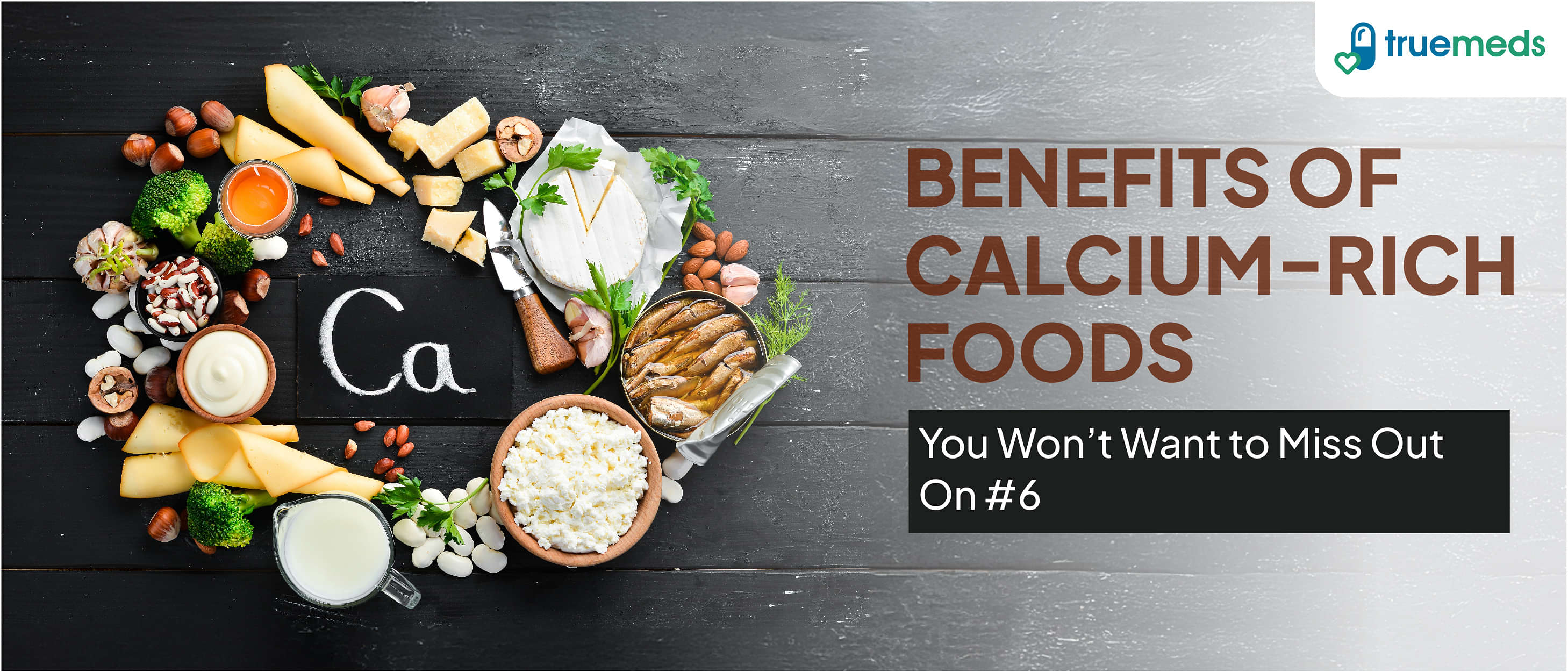
.jpg?width=640)
